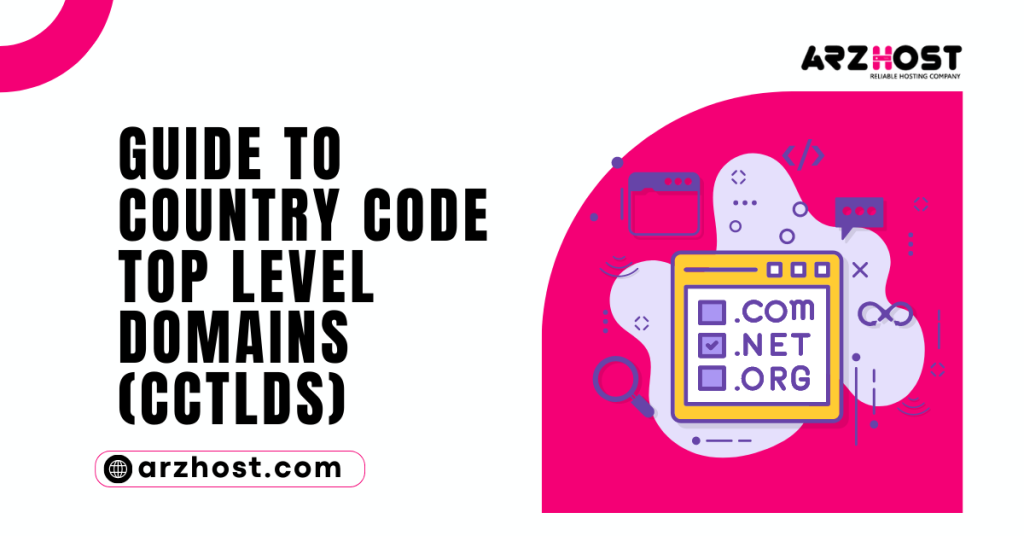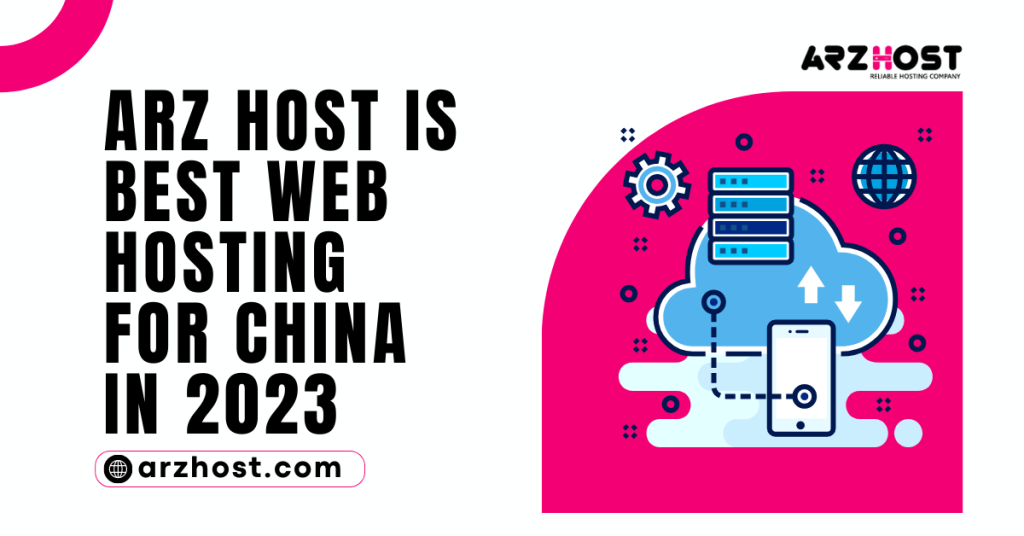The most part prominent as the letters after the last time period in a space name (e.g., the “mx” in www.example.mx), a ccTLD shows customers and web files in what country, free state, or ward a region a webpage is enlisted and commonly, in like manner, where in the world searchers who will find this site relevant live. Best Complete Guide to Country Code Top Level Domains (ccTLDs).
In all of the going with models, the ccTLD is bolded:
- http://www.sample.fr (France)
- http://www.sample.co.uk (United Kingdom)
- http://sample.com.eu(European Union)
Country code top level domains TLDs use the ISO 3166-1 country codes other than two or three exceptional cases, where ASCII identifiers are used taking everything into account (for instance, .uk as opposed to .gb). Once in a while (checking Arabic and Chinese), TLDs using non-Latin characters are also open these are called internationalized country code undeniable level spaces (IDN ccTLDs or ccIDNs).
Why ccTLDs matter?
Huge in overall SEO, ccTLDs are the absolute most grounded way to deal with show web files and customers that site content is expressly engaged to a particular country or region regardless, fundamentally, NOT clearly a particular language. Right when a site uses a ccTLD, Google anticipates that site (and all the substance on it) is expressly related to the geographic district centered by the country codes top level domain ccTLD and should appear on SERPs around there.
Using ccTLDs
The net result? If example.fr, example.us, and example.com are comparable in quality, authority, trustworthiness, and various upgrades, example.fr will most likely position better in a French customer’s SERP than example.us or example.com.
Right when ccTLDs become gccTLDs
But the majority of country codes top level domains ccTLDs are connected with content unequivocal to their contrasting country or district, a couple of site administrators have started using country codes like “.me” and “.TV” as nonexclusive web addresses. Accordingly, Google has, after some time, decided to respect a bit of those ccTLDs as ordinary country code significant level regions (gccTLDs) instead of ccTLDs.
However, Google’s past Head of Web spam Matt Cuts urges alert if you decide to use a ccTLD that isn’t as of now suspected to be a gccTLDs because your substance could be considered geotargeted (which could impact your overall interest rankings). You can find an overview of the country codes Google considers gccTLDs (and are thusly safer to use in general) on this page.
Expending ccTLDs
The most notable use case for country codes top level domains ccTLDs is to “internationalize” webpage substance, and using a ccTLD is the most grounded signal you can send a web search device that your substance revolves around a specific country.
Country code TLDs can be significant in the right conditions, yet they do go several conditions:
- Say, for example, you’re the owner of arzhost.com. Since they are seen through web file crawlers as this totally separate district, any association esteem passed to one ccTLD page stays there it doesn’t similarly influence the other site. Thusly, in the event that you’re the owner of the two objections, you’ll need to foster the authority of each ccTLD freely.
- It will in general be all the more expensive to purchase and keep up the aggregate of the country codes top level domains ccTLDs that are related to your business. In case you have expansive resources this likely will not be an issue, anyway to get around this a couple of site administrators choose to use subdirectories and furthermore subdomains to manage customers from different countries to the reasonable substance for them.
- Dependent upon the country codes top level domains ccTLD, someone attempting to enroll a space may be should have been related (as an occupant or something different) with the country to possess all the necessary qualities to use that ccTLD. Here’s an overview of by far most of those impediments (take a gander at the “Notes” fragment).









